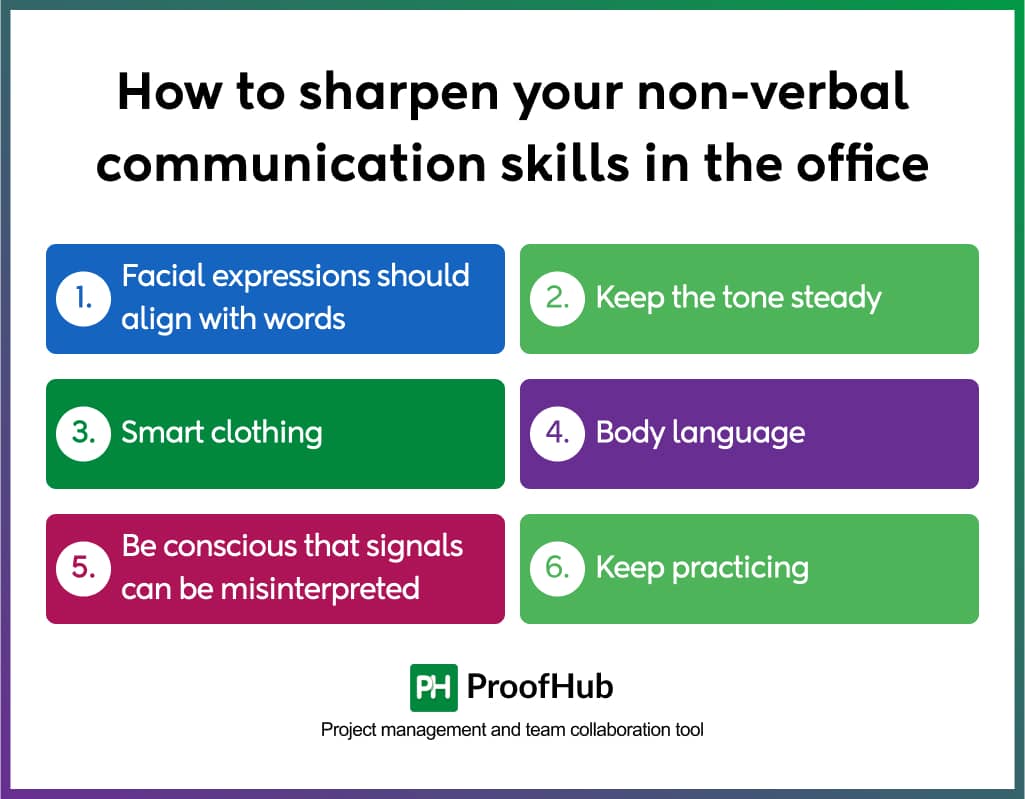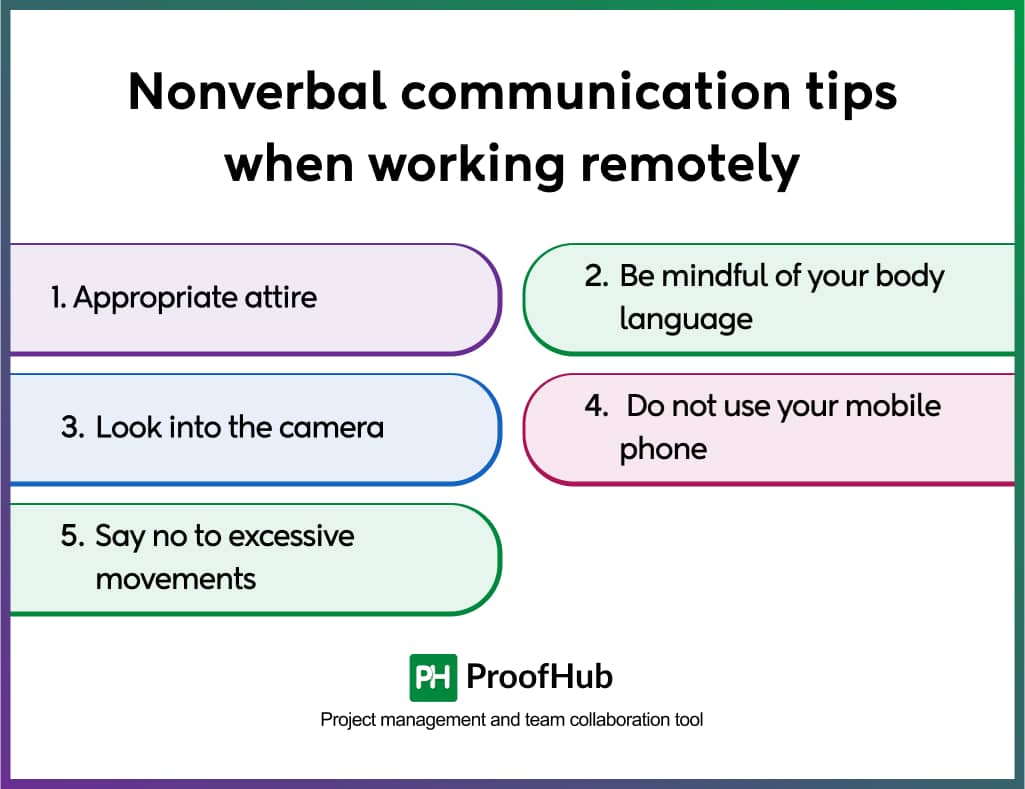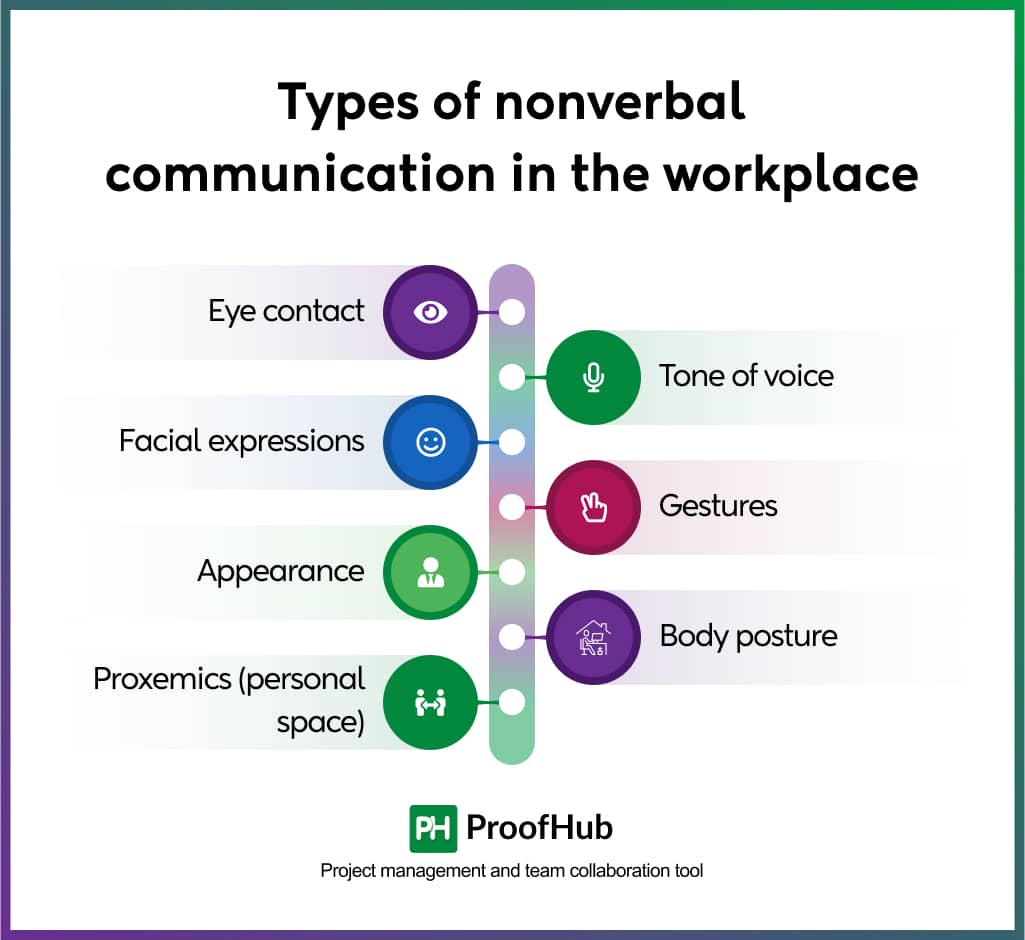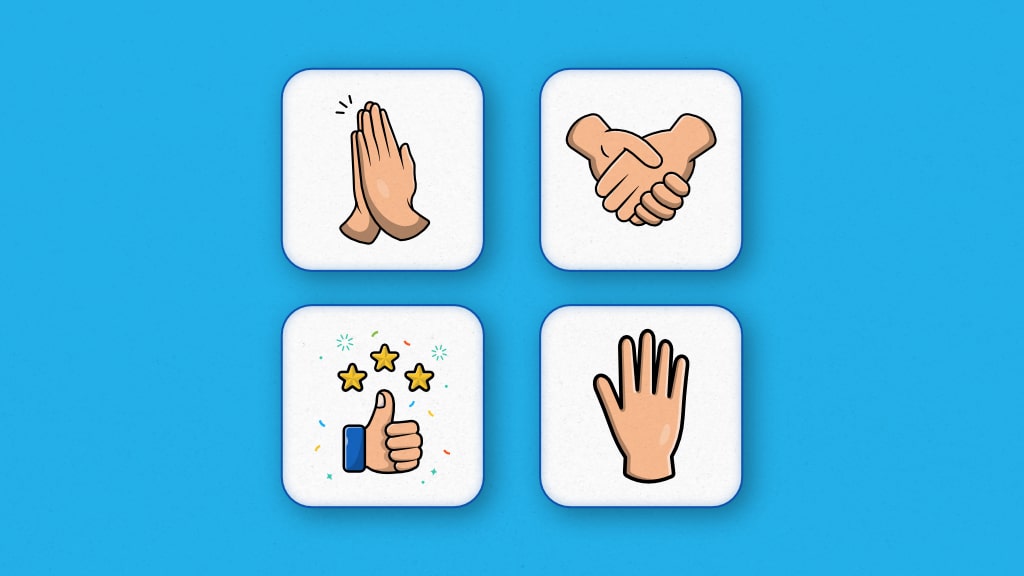Introduction
Non-verbal communication is a powerful tool that can convey messages more effectively than words. We do not even realize how often we communicate with our colleagues through gestures, facial expressions, and body language without uttering a word.
“When the eyes say one thing, and the tongue another, a practiced man relies on the language of the first.”- Ralph Waldo Emerson
Understanding and mastering these non-verbal communication skills can enhance our personal and professional interactions significantly.
In this article, we’ll understand why non-verbal communication is important, its types, and how we can improve our skills.
What is non-verbal communication?
Non-verbal communication is the process of conveying a message without the use of words. It can include different forms such as body language, facial expressions, and gestures.
This type of communication often conveys more than verbal communication, offering insights into a person’s true feelings and intentions. In the workplace, nonverbal communication can affect, enhance, and reinforce your interaction with others.
Why nonverbal communication is important?
- Enhances verbal messages – Non-verbal cues like gestures, facial expressions, and tone of voice add depth and clarity to spoken words, making communication more effective.
- Builds trust – Positive body language, such as maintaining eye contact and smiling, helps establish rapport, makes others feel comfortable, and fostering trust in relationships.
- Expresses emotions – Emotions like joy, frustration, or concern are often conveyed more clearly through facial expressions and posture than through words alone.
- Prevents misunderstandings – Non-verbal signals can clarify intentions and help avoid or resolve conflicts by reinforcing or adjusting verbal messages.
- Bridges language barriers – Universal gestures and expressions allow people from different language backgrounds to communicate and understand each other more easily.
- Boosts influence – Leaders and professionals who use confident body language, such as standing tall and using open gestures, are more likely to command attention and respect.
- Improves workplace performance – Nonverbal messages send a clear signal to the manager’s attitude towards employees. Positive nonverbal cues can boost the morale of employees, such as patting their back, listening attentively, placing a reaffirming hand on their shoulders, etc.
How to sharpen your non-verbal communication skills in the office
Non-verbal communication plays a vital role in how we connect with others, convey emotions, and complement our spoken words. Here are a few must-have skills when you are working in an office.

1. Facial expressions should align with words
Don’t let your words and facial expressions contradict each other to communicate your message the right way. Having a casual conversation while keeping a gentle smile would portray your right mood then keeping a poker face that might signal your mind is focused somewhere else.
Similarly, smiling unnecessarily while participating in an urgent team meeting can put you at the risk of being perceived as a careless, insensitive professional. In other words, your facial expressions should align with your tone of voice and the choice of words.
2. Keep the tone steady
During remote work, you are likely to use texting and instant messaging often but when you are in the office, face-to-face communication is likely to be the most preferred method to exchange information. So, keep your tone, pitch, and volume steady and consistent.
These paralinguistic factors are considered more impactful than oral communication. While communicating during team meetings, group discussions, or interview sessions, be polite yet firm. Do not speak out loud and keep the pitch of your voice low.
3. Smart clothing
While remote workers can afford to work in any type of clothes they want, except during virtual meetings, in-office workers have no such leverage. When you’re working in an office space, you should be smartly dressed in casual or formal clothing, according to your organizational dress code.
You can tell a lot about a person’s personality based on what he/she wears. For example, turning up to work in well-ironed clothes, clean shoes, and settled hair can show you as a disciplined and committed professional.
4. Body language
Unlike remote work, people observe you closely as you work with them for 8-10 hours a day in a regular office space. You say a thousand words without saying anything just by your body language.
A slouched posture may indicate a lack of confidence while standing upright with feet apart exhibits high confidence, authority, and self-assurance. A firm handshake can show high confidence and trust while a loose handshake can indicate uncertainty and nervousness.
5. Be conscious that signals can be misinterpreted
Some of your signals or gestures might likely be misinterpreted by your coworkers in the workplace. You can even misread them while communicating with others.
For example, a person seemingly nodding in approval might be doing this instinctively, out of habit, while you might think that he/she agrees with you on a certain issue. So, if you are unsure of another person’s nonverbal signals, don’t be afraid to ask them if they meant what you perceived or not.
6. Keep practicing
If you think that your nonverbal communication skills are not strong and you tend to misread some signals from others then you are not alone in this. Some people are good at correctly interpreting signals from others because they have practiced consistently and mastered this skill.
You can also excel at nonverbal communication by paying close attention to nonverbal cues and behavior and practicing different types of nonverbal communication with others.
Tips to improve nonverbal communication skills while working remotely
There are good chances that while you’re reading this article, you’re working remotely. As more and more organizations switch to remote work, it’s easy for people to undermine the importance of nonverbal cues during video calls with team members and bosses.
You should be conscious that your nonverbal communication skills matter as much in the workplace as during virtual meetings. That’s why we have incorporated remote work into this article.

Let’s check out some tips that can help you take your nonverbal communication skills a notch higher.
1. Appropriate attire
Now, your team members and manager haven’t seen you in person for a while now. While you might be working in pajamas all day long during remote work, you cannot appear like that in video meetings, especially those that are centered around the project and organizational policies.
So, dress smartly during video calls. A neat, crisp suit can help you make a strong impression as it shows your sincerity and an uncompromising attitude towards work even as you work from the comfort of your home.
That said, if your work culture allows you to wear casual clothes during virtual meetings, then go ahead with it but make sure you are wearing a smart outfit.
2. Be mindful of your body language
Looking around your room while on a video call? Slouching and stretching as you talk? Stop doing these things as people are watching you.
Whether you are the organizer or a participant in a video call, you should show a high level of interest and engagement by displaying positive body language. Keeping an upright posture, occasional head nods, and a gentle smile on your face can help you leave a strong impression on other participants.
3. Look into the camera
In a typical office setting, maintaining steady eye contact is considered a strong nonverbal communication skill that shows a high level of attention you pay to the other person during conversation. Now, in times of remote work, you would need to look into the camera because that’s the way you look straight into the eyes of other participants of a video call.
4. Do not use your mobile phone
During a video call, keep your mobile phone down and other distracting devices that can draw your attention away anytime. Checking your mobile phone during a virtual meeting can make you appear distracted and uninterested.
5. Say no to excessive movements and dramatic hand gestures
Keep your body movements calm and minimal during a video call. Some things to avoid are – fidgeting with your pen, shaking your legs excessively, or doing anything that indicates nervousness or boredom. Yes, you can use your hands to gesture, but animated hand gestures can distract other participants as you are too close to the camera.
What are the types of nonverbal communication?
Every day at work, we send and receive many messages from others without saying anything. We use signs, gestures, eye contact, and sounds to get our message across during team meetings, interviews, or casual conversations.
It is important for team managers and members to effectively use as well as read body language.

Let’s dig deeper and understand various types of nonverbal communication in the workplace.
1. Eye contact
How would you feel when you are communicating with someone, and that person is looking at their cell phone, paperwork, or computer? You might feel angry, offended, or neglected.
On the other hand, when the other person is maintaining proper eye contact with you during the conversation, you will feel being attentively listened to and keep the conversation engaging. Both types of behavior can impact (positively or negatively) your relationship with peers, seniors, and subordinates at the workplace.
2. Tone of voice
Even though speaking is considered a verbal form of communication, the manner you speak can be considered a part of non-verbal communication. Whether you are having a face-to-face discussion, telephonic talk, or participating in a video call, your tone of voice can significantly affect the feel of the entire conversation.
3. Facial expressions
People judge your mood or personality by merely observing your facial expressions. Keeping a poker face most of the time can make people see you as a stoic or stubborn individual. On the other hand, smiling all the time, even during serious discussions, can make you appear a non-serious or casual type of person.
Your facial expressions play an important role during nonverbal communication. Nodding in approval, gently smiling (depending on the nature of the discussion), and maintaining eye contact can convey positive signals to others.
| Pro Tip: If you want to express positivity and a vibrant attitude in the workplace, wear a natural look on your face. Hold a slight smile, nod occasionally, and maintain good eye contact. |
4. Gestures
Hand gestures are considered explicit conveyors of communication. A simple thumbs-up, V (victory) sign, or waving your hand to others gives a clear message to others about your intentions. Use your hands while explaining your points, but avoid overusing them. Hand gestures can hinder or help your communication.
So, make sure that you avoid using gestures like scratching your head, settling your hair, finger-pointing, fidgeting, tapping, etc. Keep your hand gestures reasonable and restricted within your personal space.
5. Appearance
Sometimes, your appearance can have a greater impact than your words. Since nonverbal communication involves the use of no words but only bodily actions and gestures, your appearance can leave a lasting impression on others.
A neat, well-groomed appearance can reflect your personality and self-confidence and also has a positive rub-off effect on others in the workspace.
6. Body posture
We perceive others to a certain extent by the way they carry themselves, like their body posture, stance, gestures, and bodily movements (walking, talking, sitting, etc.). For example, slouching may send a negative signal that the listener is least interested in the conversation.
On the other hand, if the listener is standing upright or leaning forward, it sends a strong signal that they are attentive and focused. Body posture can also send a strong clue as to whether the person is happy, sad, or friendly.
7. Proxemics (personal space)
Maintaining an appropriate physical distance from the other person during verbal or nonverbal communication is important. You don’t want another person to be touching you or come extremely close; this behavior could be termed undesirable, intrusive, or even hostile.
Generally, the minimum amount of personal space we need while interacting with others is 18 inches. This distance can also go up to 4 feet. Remember. There’s no defined minimum physical distance as this is determined by factors like social norms, personality characteristics, cultural expectations, etc.
Conclusion
Unless your nonverbal communication skills are up to the mark, you cannot convey your message to listeners with strong intent. We have to be equally good at conveying as well as interpreting the nonverbal actions of others during the conversation. When your body language and actions sync with your words, there are negligible chances for others to misread your message.
Whether you work remotely or from the office space, follow these tried and tested tips listed in the article to take your crucial work-related conversations to the next level.

